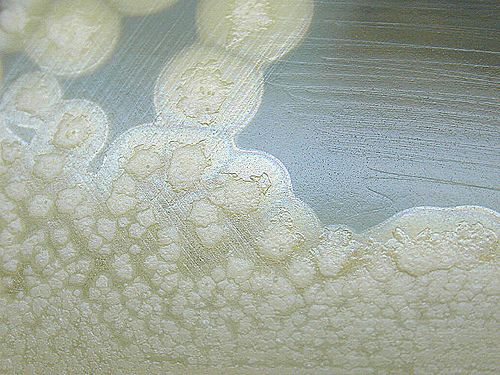-
 Epoxide
Epoxide
-
 Alar bar
Alar bar
-
 Contusion
Contusion
-
 Brain death
Brain death
-
 One-way paging
One-way paging
-
 Bitternut hickory
Bitternut hickory
-
 Permanent virtual circuit
Permanent virtual circuit
-
 Spinach
Spinach
-
 Electron neutrino
Electron neutrino
-
 Acetylation
Acetylation
-
 Allosome
Allosome
-
 Scaly
Scaly
-
 Kjokkenmodding
Kjokkenmodding
-
 Heterolysis
Heterolysis
-
 Atom
Atom
-
 Large Synoptic Survey Telescope
Large Synoptic Survey Telescope
-
 Carcinogenesis
Carcinogenesis
-
 Curettage
Curettage
-
 Core sampling
Core sampling
-
 Apollo 11
Apollo 11
-
 Epstein-Barr virus
Epstein-Barr virus
-
 Electroweak theory
Electroweak theory
-
 Indium
Indium
-
 Spyware
Spyware
-
 Holocene
Holocene
-
 Gas carrier
Gas carrier
-
 Homology
Homology
-
 ATPase
ATPase
-
 Hammam
Hammam
-
 Brute force
Brute force
Clostridium botulinum
Clostridium botulinum is the bacterium responsible for botulism.
Characteristics of Clostridium botulinum
Clostridium botulinum is a mobile Gram positive, rod-shaped bacterium approximately 1 micrometer wide and 5 micrometers long. Its genome consists of a four million base pairs chromosome coding for 3,500 proteins including the toxins.
Spores of the bacterium are found widely in earth and even in the gastro-intestinal tract of animals from where it spreads. The spores are resistant to heat and germinate under anaerobic conditions.
Clostridium botulinum and botulism
There are seven types of botulism (A to F) depending on the toxin involved. The toxins which are pathogenic to human beings (A, B, E, and occasionally C and F) resemble tetanus toxin and act by inhibiting neurotransmission of the signal at the neuromuscular junction. This causes progressive paralysis of all the affected person's muscles.
In contrast to the spore-forming form of the bacterium, the toxin is not heat-resistant. Contamination can therefore be avoided by heating foods.
Botulinum toxin is the most potent toxin in the world but it is also used in cosmetic medicine to remove wrinkles (botox).
 Clostridium botulinum produces toxins responsible for botulism. © hukuzatuna, Flickr, CC by-nc-nd 2.0
Clostridium botulinum produces toxins responsible for botulism. © hukuzatuna, Flickr, CC by-nc-nd 2.0
Latest
Fill out my online form.



